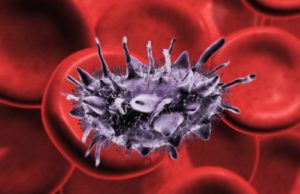Platelet reactivity to agonists has been shown to be different between donors yet consistent within the same individual. Researchers in the United Kingdom hypothesized that more active platelets would be cleared from circulation resulting in lower platelet counts in transfused patients. In order to test this hypothesis, donors with high and low responding platelets were identified based on their reactivity to P-selectin or fibrinogen after stimulation. Fifty-one patients with chemotherapy-induced thrombocytopenia were then transfused from donors with low-responding platelets while 49 received platelets from high-responding platelet donors. However, no differences in mean platelet count were observed after transfusion for patients receiving platelets with high reactivity compared to those with low reactivity (21.0 x 109/L vs. 23.3 x 109/L, respectively; p=0.18). Although intrinsic platelet reactivity does not appear to affect transfusion outcome for patients requiring prophylactic platelet transfusions, further research is warranted for actively bleeding patients.
References:1,2
- Kelly AM, Garner SF, Foukaneli T, Godec TR, Herbert N, Kahan BC, Deary A, Bakrania L, Llewelyn C, Ouwehand WH, Williamson LM, Cardigan RA. The effect of variation in donor platelet function on transfusion outcome: a semirandomized controlled trial. Blood 2017;130: 214-20.
- Kickler TS. Bruised platelet transfusions work. Blood 2017;130: 106-7.

